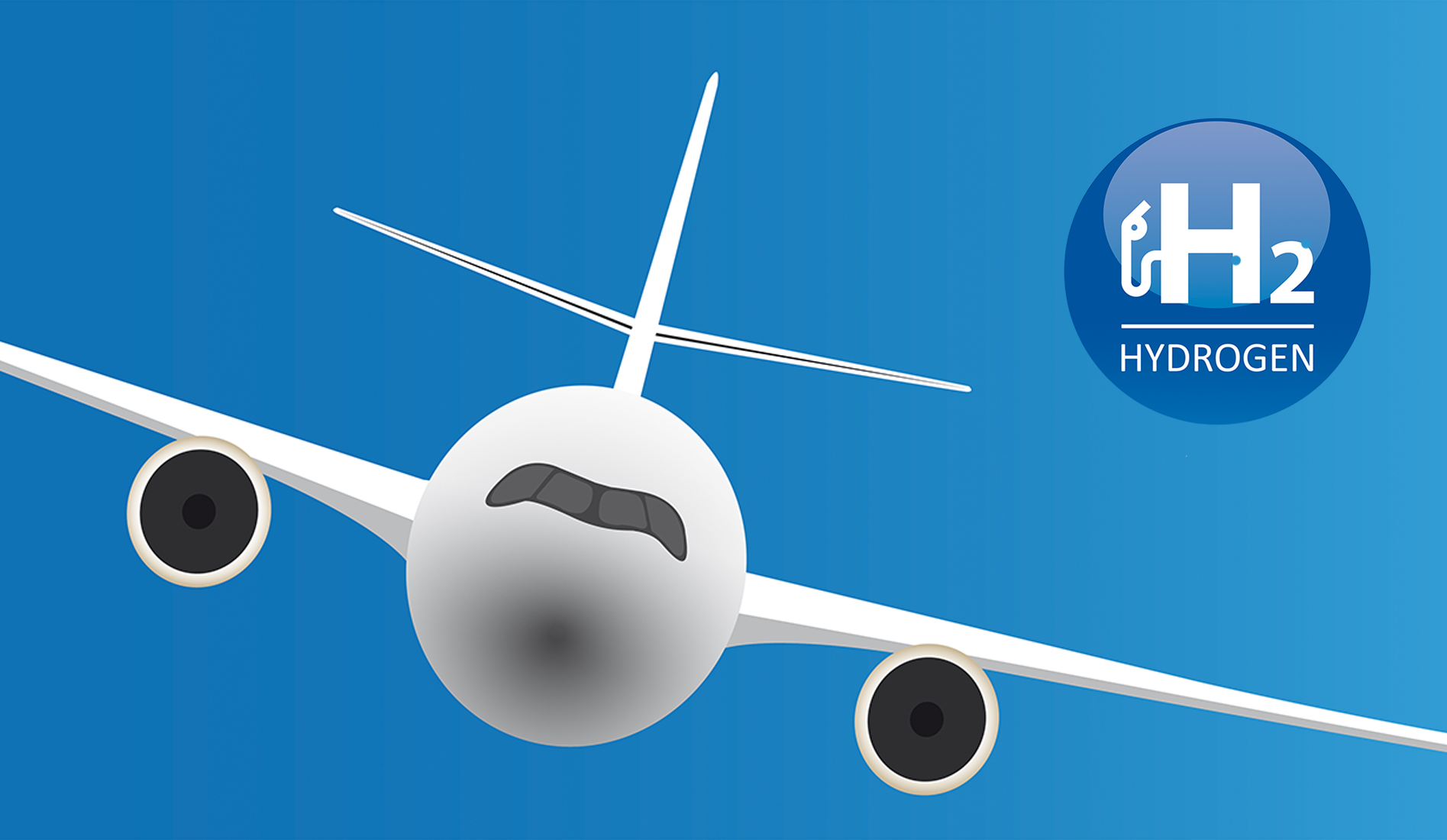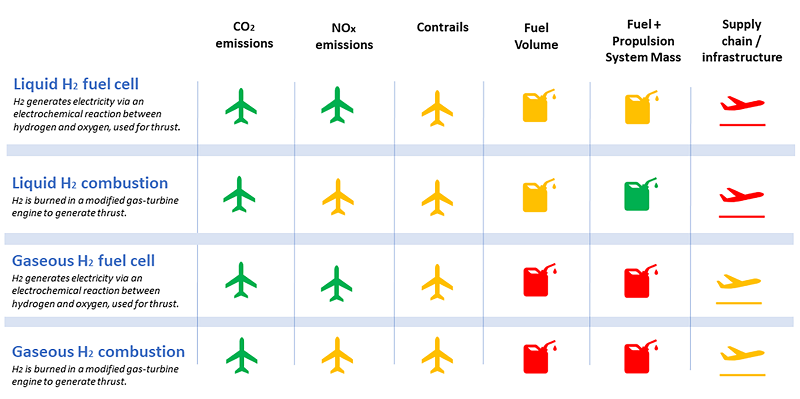When it comes to technologies that can help to decarbonise civil aviation, and reduce emissions, Hydrogen (H2) has been identified to play a major role in future solutions.
The facts that H2 can be produced and consumed without creating CO2 and that H2 is widely available in water, are two of the main factors that are making it so attractive as a solution, earmarking it as an enabler to reach the set targets of the Green Deal of switching from fossil fuel to clean (renewable) energy.
Targeted research and development activities have shown promising results so far, but more research and development on hydrogen as an aviation fuel is needed.
The European Union has intensified activities significantly through a number of research initiatives.
A working document from the European Commission from January 22, 2022, highlights the role the EU research and innovation investments in Hydrogen are to play.
This article will give you a high-level view on benefits, scales and ideas on how H2 (both in gaseous and liquid forms) can become an integral part of aviation propulsion.
Hydrogen-powered aircraft
 Looking at H2 as an efficient and effective aviation fuel technology, one has to look at the characteristics of Hydrogen itself and take into account the lifecycle from production to implementation to fully appreciate its potential.
Looking at H2 as an efficient and effective aviation fuel technology, one has to look at the characteristics of Hydrogen itself and take into account the lifecycle from production to implementation to fully appreciate its potential.
Production of H2 does not create CO2 as a by-product when produced using renewable energy, making this an interesting and obvious choice in the global drive to reduce CO2 emissions in the aviation sector.
Emission reductions through H2– an overview
Two main scenarios / solutions are under consideration:
- Reduction of gross carbon emissions in aviation, with the aim of zero carbon emissions in the long term
- Step by step reduction of all emissions in aviation to reach emission free / zero emission
The diagram gives you an understanding what role H2 (both liquid and gaseous) can play in reaching net zero in aviation (click on the image to download it as PDF).
Legend: green indicating high benefit, orange moderate benefit & red insufficient at this stage
Civil aviation sectors - best use cases for H2
H2 has lower energy density, which means that more onboard fuel storage volume is needed compared to current jet fuels to fly and cover the same distance. Existing fuel tanks volumes would only allow for very short routes and current fuel tanks’ location in the wings of an aircraft would not support storage of H2 in gas or liquid forms.
In addition, the infrastructure and supply chain to ensure availability of H2 at airports are elements that will need to be addressed before regular services can be implemented.
Taking into account the current status, civil aviation segments such as commuter, regional, short-range and medium range routes could be targeted first to make use of H2 as aviation fuel.
Usage of H2 in larger passenger planes would entail significant changes to aircraft design, to allow for the needed volume of Hydrogen, which could be envisaged in the longer term.
Passenger safety at the heart of all solutions
With all prospective solutions that will help us to achieve our climate goals, and our ambitious aim of zero emission in aviation, passengers’ safety remains at the centre of all our work.
Any new designs introducing Hydrogen as a fuel for aviation will be required to meet the applicable specifications ensuring that expected high levels of safety are maintained.
EASA’s role in EU initiatives
EASA remains at the heart of the action, as participant in the Clean Aviation Partnership, in which certification experts and research teams are working closely with the Clean Hydrogen initiative.
The Clean Aviation Partnership which followed on from the previous project Clean Sky has been reinforced by the EU to help on our way towards lowering emissions in aviation.

